Drought: Range and Land Management
All Drought: Range and Land Management Content

Getting Ready for Winter on the Range
During periods of summer and fall drought, winter grazing opportunities may be limited or not available at all. Ranch managers must ensure that enough residual plant height and vegetation cover of the soil surface is available through the winter to aid in recovery of the rangeland.
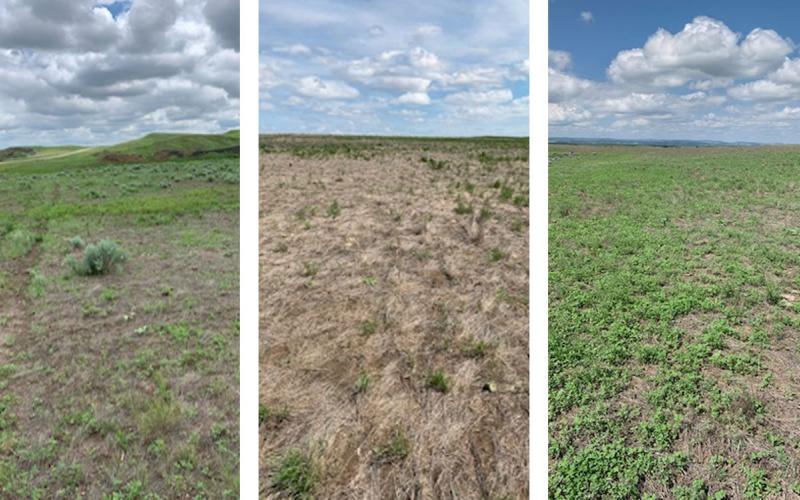
Notes From the Range: Crested Wheatgrass Die-off
Crested wheatgrass die-offs occurred in South Dakota during the summer 2023. It was a noteworthy event and previously occurred in Montana several years prior. Learn where the die-offs occurred and what likely caused them.
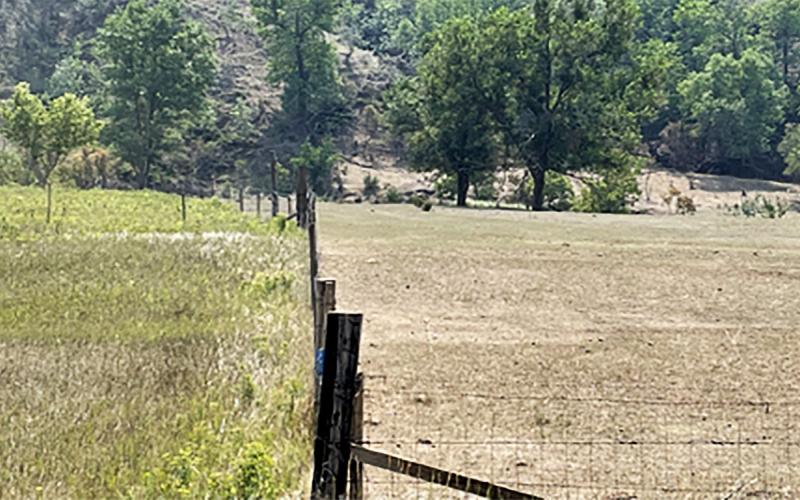
The Lasting Effects of Overgrazing on Rangeland Ecosystems
Overgrazing can cause various detrimental effects on rangeland ecosystems. Most of the effects are seen in the short term, but some are unseen and can be lasting.
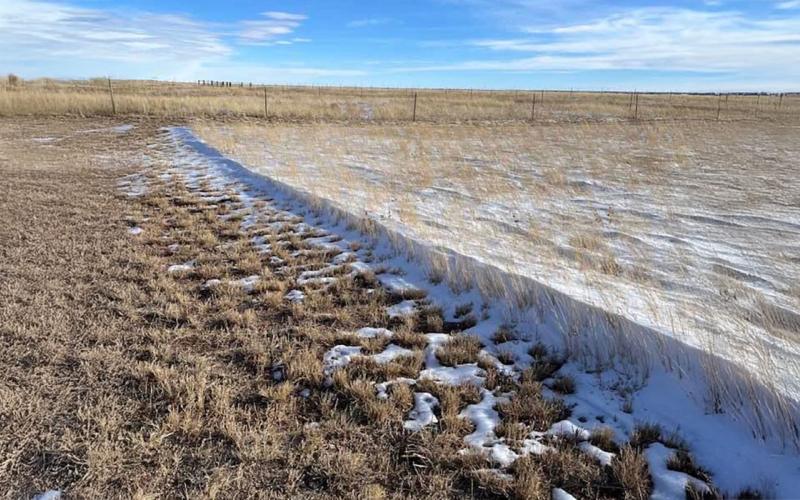
Winter Pasture Report: What’s your plan for spring?
Widespread drought conditions persist across the upper Great Plains into the beginning of 2025. During drought conditions, it is extremely important for producers to regularly assess precipitation and forage resources so they can manage livestock accordingly.

Preparing for Spring Grazing After a Dry Fall: Strategies for Ranchers
A dry fall presents significant challenges, but it also offers an opportunity to implement proactive and adaptive management strategies.

South Dakota Grasshopper Prediction for 2024
In 2024, grasshoppers are likely to cause problems in areas of South Dakota due to large populations that were present in 2023 and the relatively late first hard freeze date observed in much of the state.
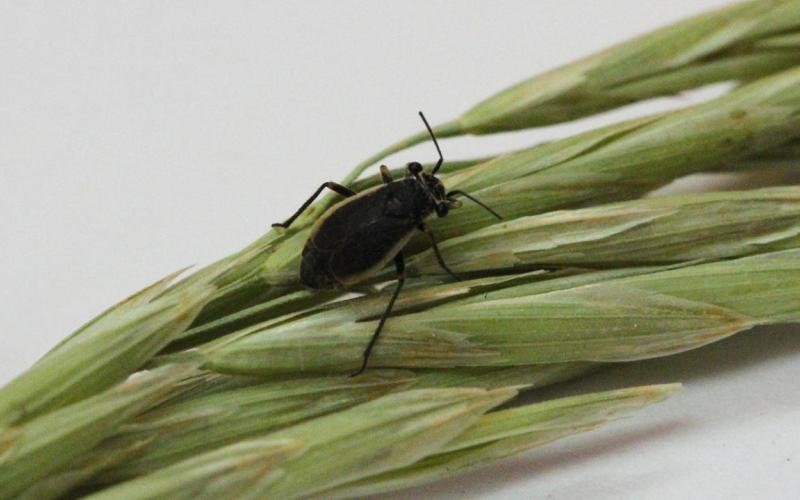
Keep an Eye on Black Grass Bugs This Spring
In South Dakota, black grass bugs are a common spring pest of forage grasses. This native insect first appears in late April and May when grasses emerge from dormancy.
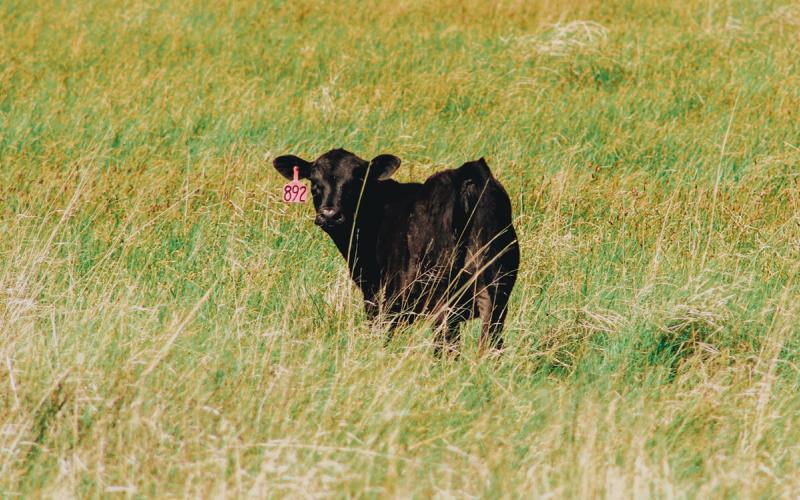
Monitoring Spring Precipitation and Range Conditions
Ideal grazing management balances the acts of grazing and recovery. Monitoring precipitation, soil moisture, and forage production can help producers make informed decisions for their herds and pastures.

Online Tools To Help With Rangeland Drought Planning
Learn about some free online tools that producers can use to assess drought conditions, evaluate forage resources, and manage herds through periods of abnormally dry weather.
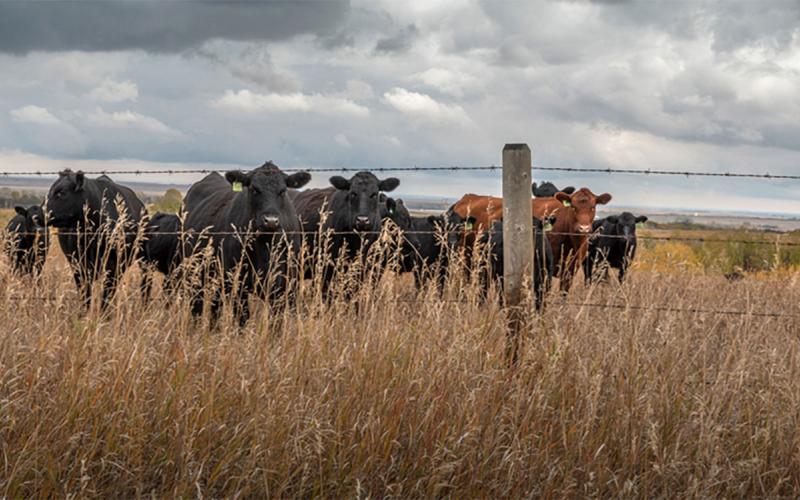
Pasture Conditions and Grazing Opportunities
Fall rains across South Dakota have provided some much-needed soil moisture improvement. Learn some expert tips for taking advantage of late-season grazing opportunities on pasture and rangeland.